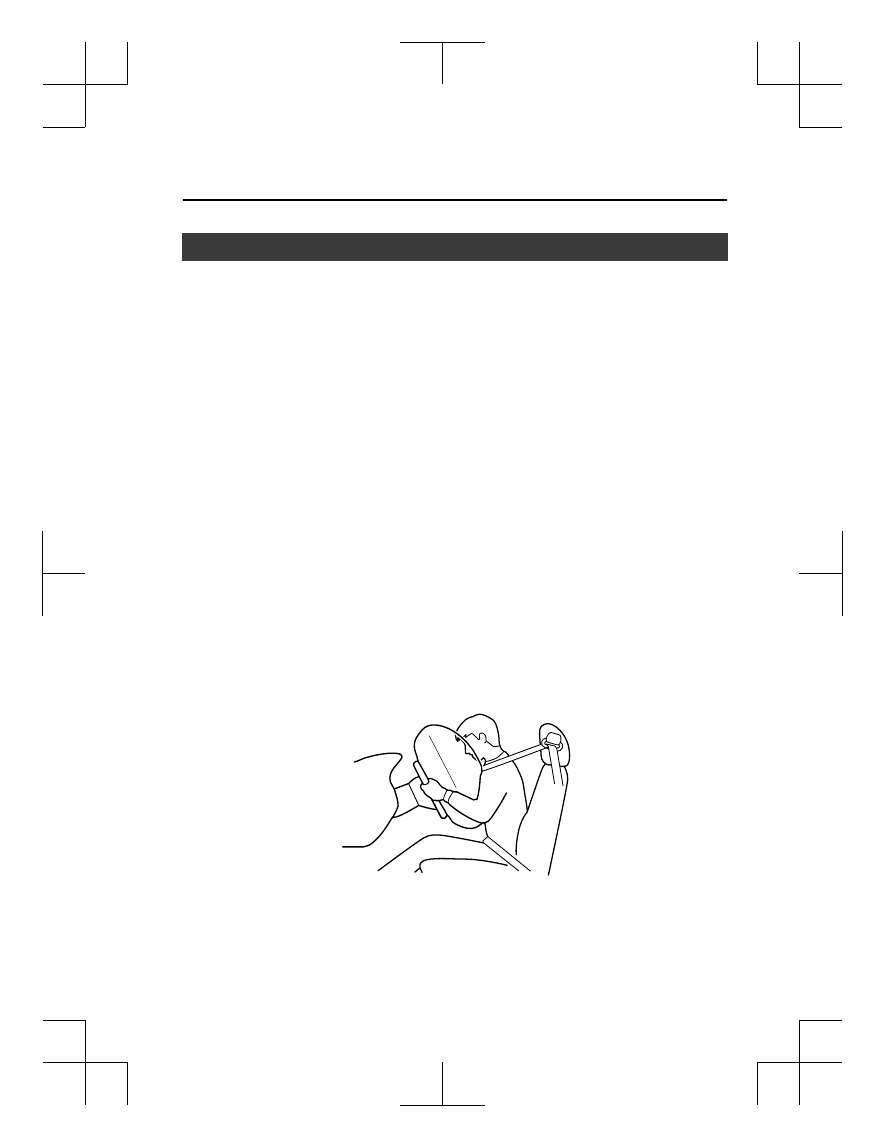Mazda 3 Hatchback (2018 year). Manual - part 4

How the SRS Air Bags Work
Your Mazda is equipped with the following types of SRS air bags. SRS air bags are
designed to work together with the seat belts to help to reduce injuries during an accident.
The SRS air bags are designed to provide further protection for passengers in addition to the
seat belt functions. Be sure to wear seat belts properly.
▼ Front Seat Belt Pretensioners
The front seat belt pretensioners are designed to deploy in moderate or severe frontal, near
frontal collisions.
In addition, the pretensioners operate when a side collision (only on the side in which the
collision occurs) or a roll-over accident is detected. The pretensioners operate differently
depending on what types of air bags are equipped. For more details about seat belt
pretensioner operation, refer to the SRS Air Bag Deployment Criteria (page 2-58).
▼ Driver Air Bag
The driver's air bag is mounted in the steering wheel.
When air bag crash sensors detect a frontal impact of greater than moderate force, the
driver's air bag inflates quickly helping to reduce injury mainly to the driver's head or chest
caused by directly hitting the steering wheel.
For more details about air bag deployment, refer to "SRS Air Bag Deployment Criteria"
(page 2-58).
(With Front Passenger Occupant Classification System)
The driver's dual-stage air bag controls air bag inflation in two energy stages. During an
impact of moderate severity, the driver's air bag deploys with lesser energy, whereas during
more severe impacts, it deploys with more energy.
SRS Air Bags
2-53
Mazda3_8GE4-EA-17F_Edition1
2017-4-7 11:59:21